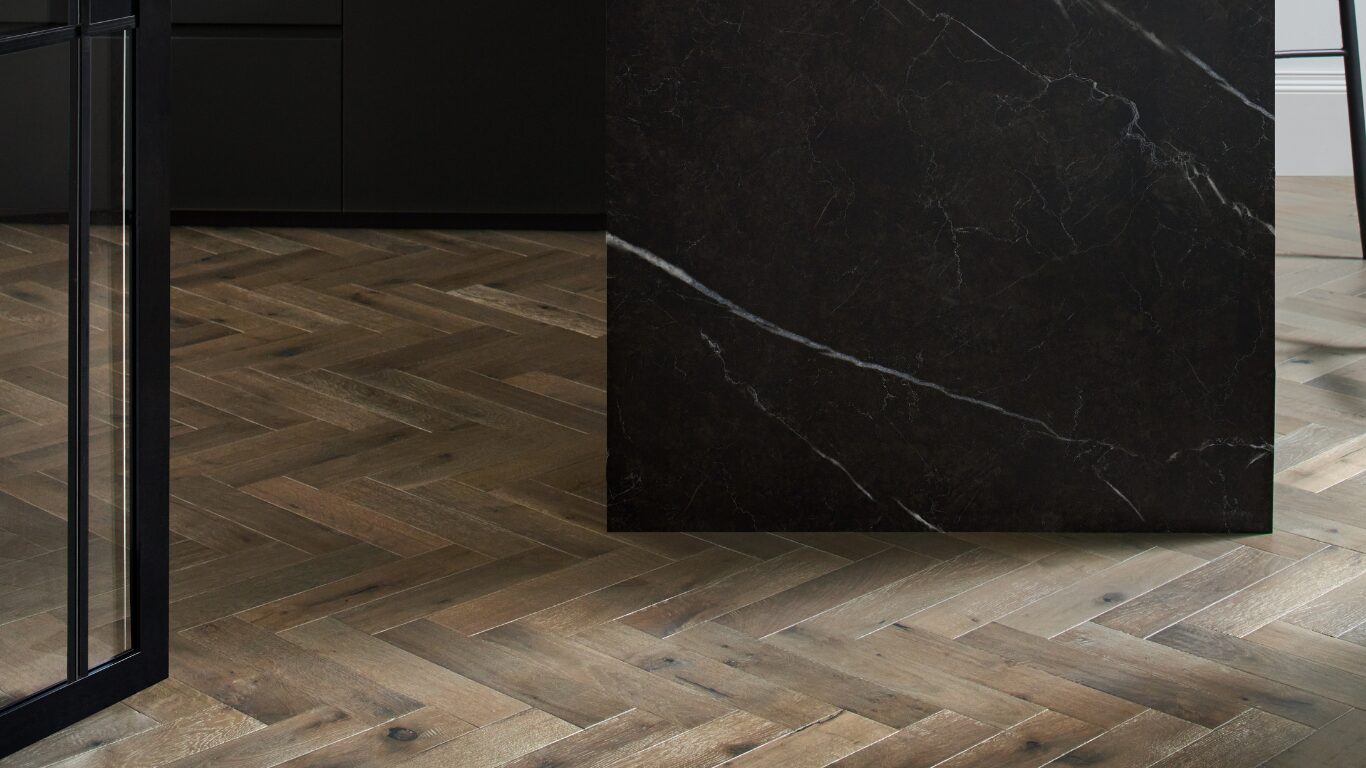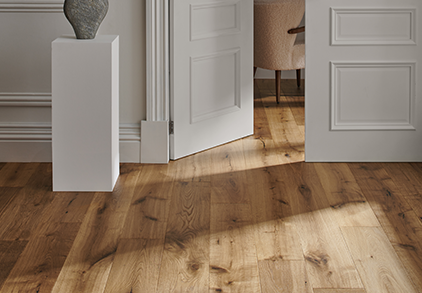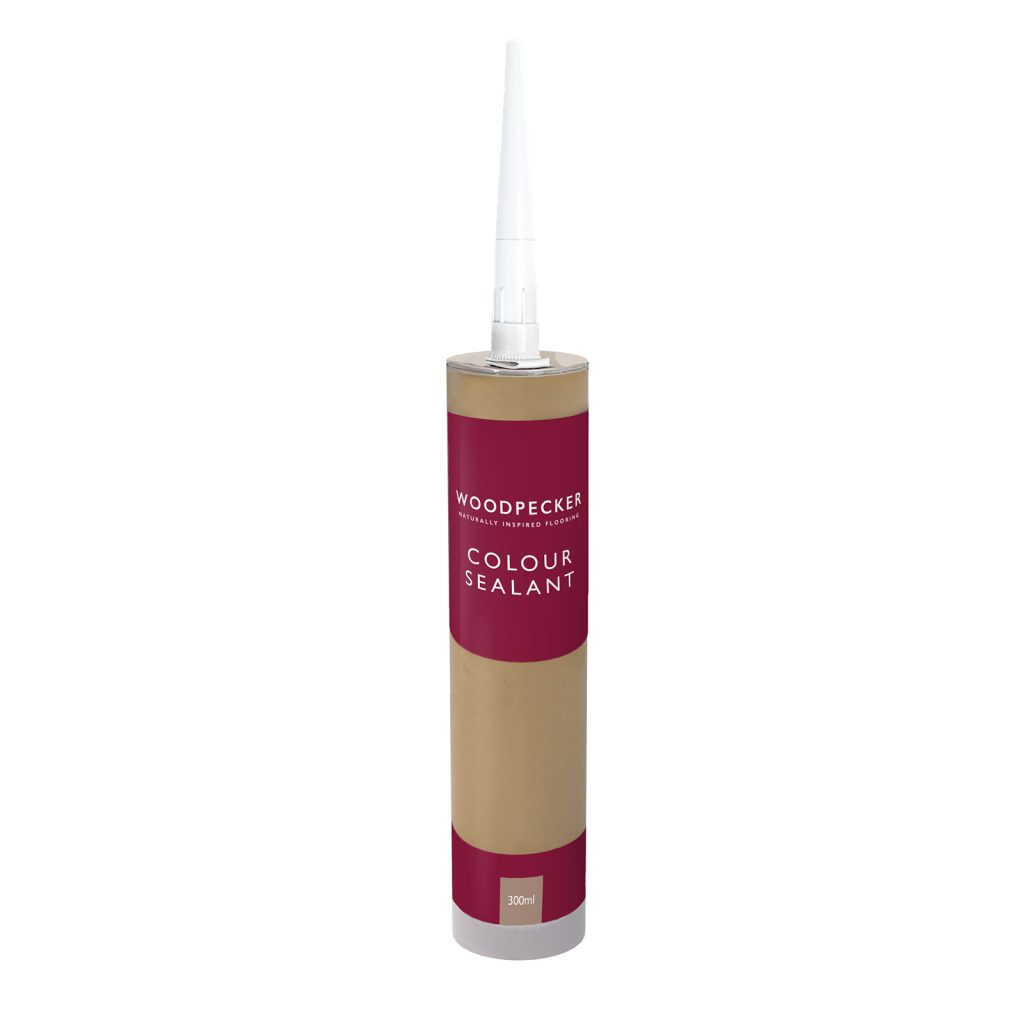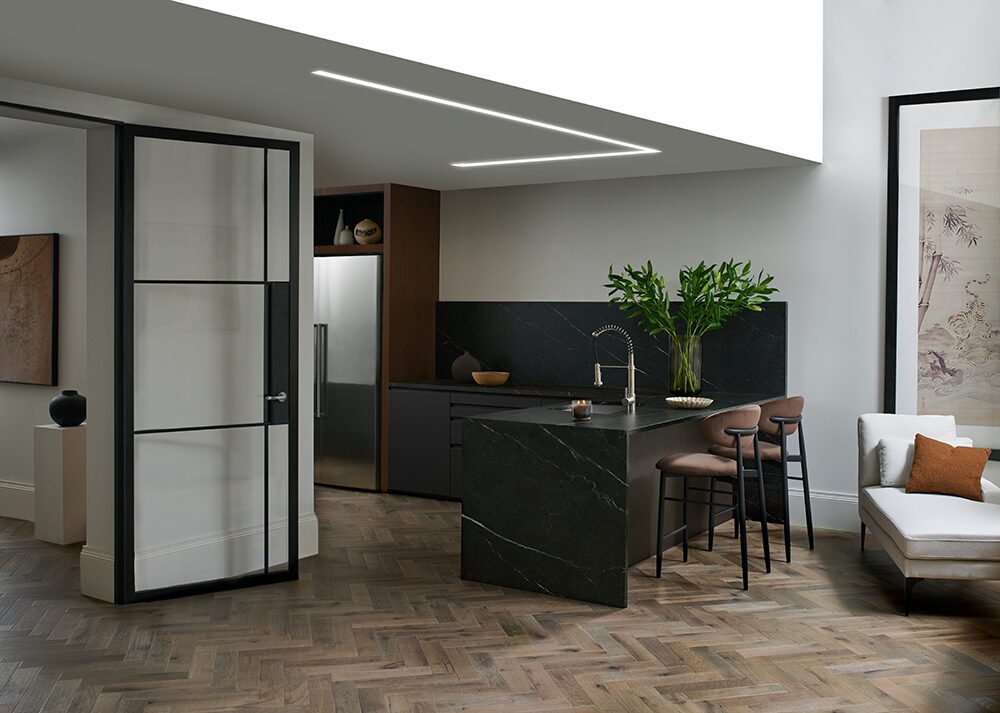Gaps in Wood Floor Boards: Why They Happen and How To Fix

Spotted gaps between your wood floor boards? It can be unexpected, but it’s not unusual. Whether you’ve just installed a new floor or you’re looking after one that’s been in place for decades, it’s possible to see boards separate slightly over time. But before you worry or jump to fix it, it helps to understand why it’s happening – and what your best options are for putting things right.
Why Gaps Appear in Wood Floors
Wood is a natural material with timeless appeal. It brings warmth and character to your home and responds organically to changes in its environment. Heat and moisture levels change throughout the year, and your boards naturally contract and expand. In colder, drier months, those small gaps tend to open up. In warmer, humid months, they close again.
This natural movement is part of what makes wood so special. It lives with your home and adapts to it. But if gaps stay open year-round or affect comfort or appearance, that’s when it might be time to take action. It’s not a sign of failure. It’s a sign of authenticity. But that doesn’t mean you have to live with it.

How To Fill Floor Board Gaps: Choosing the Right Flooring Gap Filler
Filling gaps in wood floor boards isn’t a one-size-fits-all job, and selecting the right flooring gap filler makes all the difference. The right method depends on the width of the gaps, how much the boards move, and how permanent a solution you’re after.
For narrow, consistent gaps
- A flexible colour-matched sealant is often the easiest option. It gives a clean, low-profile finish and adapts to movement without cracking.
For wider or irregular gaps
- Try filling with natural wood slivers glued in place. Once sanded and sealed, these are barely noticeable and stay solid over time.
- Another choice is to mix fine wood dust (ideally from your own floor) with a resin filler or a little flooring grade PVA adhesive to create a seamless, grain-matching finish.
Each method has its place. The goal is to choose a flooring gap filler that blends with the style of your floor and adapts to seasonal movement.
When To Consider Filling Gaps
Not every gap needs to be filled. In fact, over-filling a naturally moving floor can do more harm than good. But there are signs that a repair might be helpful:
- Persistent draughts or heat loss
- Gaps that trap dirt or crumbs
- Movement or noise when walking across boards
- Noticeable changes after fitting, particularly in statement patterns like herringbone, where movement can be more visible due to the layout
If these sound familiar, it’s worth exploring your options.
Why Wood Is Always Worth It
Wood flooring continues to be one of the most rewarding choices you can make for your space. It ages gracefully, can be repaired rather than replaced, and tells the story of your home over time.
From classic oak planks to distressed textures, dark tones, and every type of flooring in between, there’s a floor to suit every style. Choosing wood flooring with the right grade, finish and structure isn’t always simple, but the reward is a floor that fits your lifestyle beautifully.
A Few Last Considerations
If you’re dealing with gaps, it’s not just about filling them – it’s about understanding the cause and applying the right solution. When done correctly, gap filling can protect comfort and maintain the appearance you love. And when you fill gaps in wood floor boards the right way, the result is not only practical but beautifully cohesive. Finishing the job with the right accessories can make all the difference – explore the full range of finishing touches to complete your look.
Helpful Resources
Filling gaps in wood floor boards is a simple act of care and one that makes a noticeable difference in how your space feels and functions. And with the right guidance, it can help your floor look and feel its best for years to come.




